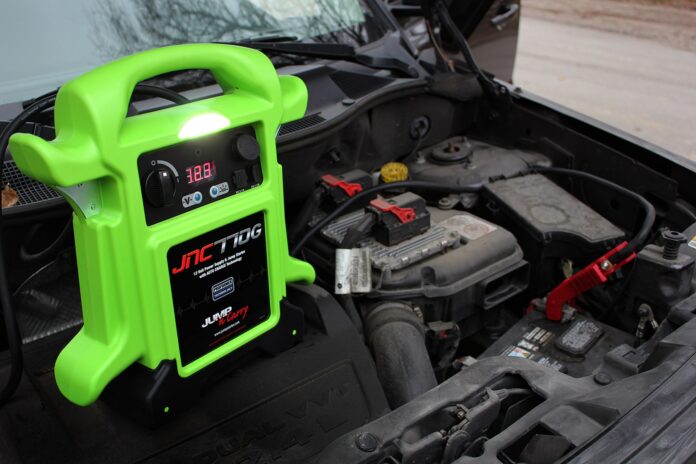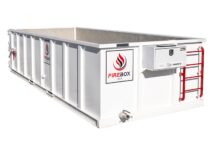Each winter, the news is awash with shocking features on, you guessed it, cold weather and snowy conditions. The part they spend little time talking about is vehicle readiness for frigid conditions and how to manage your vehicle when cold hampers its performance. Thankfully for vehicle owners, tow operators are at the ready to help them survive the cold and snow. But, what should tow operators know about the equipment they use and how to get the most out of it in winters conditions?
One good way for tow operators to be well prepared when cold weather strikes is to own one or more quality jump starter. A key differentiator when it comes to quality is, “How effective is a given jump starter in the conditions most likely to cause a low or dead battery?” As we always say, it’s relatively easy to make a jump starter that’s effective when it’s 80˚F outside. The true test of a jump starter is when it is needed in freezing and even subzero temperatures.
That’s exactly where we shine. Whether we are hearing from customers in Saskatoon, Buffalo, Missoula or Fairbanks, the story is pretty consistent – their Booster PAC and Jump-N-Carry jump starters make tow operators’ lives easier, turning what could be a major problem into a blip on their radar. Our lead acid and lithium jump starters are built to perform in the most extreme situations and this includes extreme cold temperatures.
Lead Acid
Our Booster PAC and Jump-N-Carry traditional AGM lead acid models contain batteries that are specifically designed to perform the vehicle jump starting task. We usually say that what this means is that our jump starters deliver exceptional cranking power, long cranking duration, many jumps per charge and a long service life, all of which is true. In addition, our purpose-built batteries also deliver excellent cold temperature performance, for two reasons.
First, because we start with so much power (under normal temperatures), our units have the surplus of power needed to be effective even as the temperature drops and the battery’s starting power is reduced by the cold. Second, because jump starting in extremely cold temperatures more closely resembles a short circuit (from an electrical standpoint), all of the upgraded construction we build into our batteries allows them to withstand the extra abuse that results from cold temperature usage. In other words, they are exactly what’s need when the worst of winter rolls around.
Lithium
We take the same approach when it comes to our Jump-N-Carry lithium jump starters. They are built from the ground up for jump starting, delivering the same benefits as our traditional units. But, with lithium units, our robust construction is even more critical. Many lithium units on the market perform OK at normal temperatures, but are ineffective when it comes to cold temperature or extreme cold temperature applications. There are many reasons for this, but often it comes down to cost. To build a lithium battery and jump starter that performs well in the cold takes knowhow and the willingness to invest in a better, more robust battery, similar to what we do with our traditional AGM batteries.
The proof is in the pudding. We rate our JNC325 unit as effective to start a wide variety of vehicles, to V8 engine size, in temperatures as low as -10˚F. If you live in a very cold locale, we rate our JNC345 unit as effective to start a wide variety of passenger vehicles, to V8 size, in temperatures as low as -23˚F. Although this difference may seem trivial, it is actually very significant in terms of the additional power needed at -23˚F vs -10˚F. Plus, our extra-long cables (24” on the JNC325 and 40” on the JNC345) mean easier, faster and lower hassle vehicle connections when you ar working on a roadside in frigid temps.
So, no matter the type of jump starter you choose to deploy, you can count on Clore Automotive jump starters to provide stellar performance and reliable service in all working environments, including the extreme cold.









